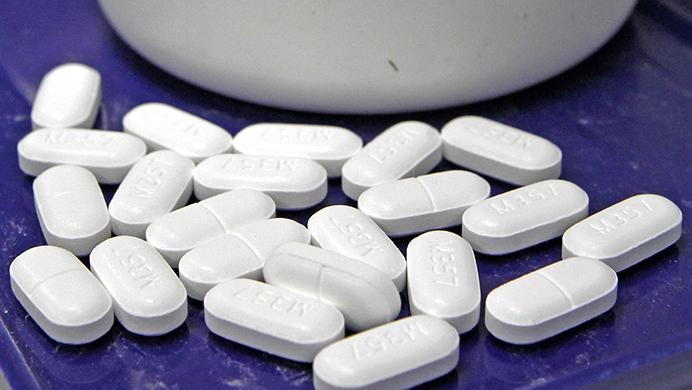By Stephen Schrichfield
It’s been classified as a drug that doesn’t discriminate. Opioids don’t stop to check race, income, and where you reside. Its epicenter being the Northeast, the opioid epidemic has slowly traveled west and is currently active in Iowa. The Iowa Public Health Department reports opioid-related deaths have doubled since 2005, and patients checking into treatment programs has risen four times.
The root of the cause seems to be recent increases in prescription opioids, according to the Centers for Disease Control and Prevention. Many gain an addiction while being prescribed painkillers such as hydrocodone or oxycodone.
So how does one address this matter on a state level as well as nationally? Iowa just received more than $5 million in federal funding toward combating the addiction through the 21st Century Cures Act, signed into law by former President Barack Obama in 2016. Other states have considered or enacted controversial injection sites in which users are monitored to prevent overdoses and ultimately deaths. The drug Naloxone is used to reverse overdoses, as well as Suboxone — which curbs addiction cravings — but this poses difficulties for those in rural states who are far from treatment centers in which the drugs are administered. Iowa is creating more opportunities to make the drugs accessible, but it hasn’t always been this way.
The New York Times interviewed a woman from Marshalltown, Iowa, who claims she was left with no choice but to travel long distances to treatment centers so she could receive Suboxone before two doctors in her area were licensed to prescribe the drug. In 2016, former Gov. Terry Branstad made a step of acknowledging the matter by making it legal for medical staff and family members to administer an antagonist drug that aids those while in the process of overdosing. While Iowa and many more states are taking a progressive and seemingly proactive stance toward the epidemic, the current presidential administration is turning its back on fighting the outbreak.
Trump’s proposed budget would sharply cut funding for treatment, and his cuts on Medicaid would deeply affect those struggling with addiction. Key states that turned out for Trump in the general election, such as Ohio, Pennsylvania, and even Iowa, have been hit by the epidemic.
Those who supported Trump during the election and are also close to the epidemic should feel utterly betrayed. Prior to his inauguration, Trump promised voters in opioid-ravaged communities that he would fight this misfortune, but his immediate budgetary actions prove otherwise.
While Trump will continue to ignore the pain of addiction by the very people who supported him, it’s time states pick up the burden and lead the way to recovery.
It’s also time to start exploring the advantages of medical marijuana. Too long has the culture of opioid use, and eventual addiction, plagued these communities while cannabis-based painkillers have the potential to create pharmaceutical reform from the top down.
The opioid epidemic is an intricate issue that continues to evolve and take many forms. It can be viewed via the perspective of the substance, opioids, and how it causes addictions as well as the perspective of how legislation is created around the drug and why these laws can be just as dangerous to the addicts as its physical effects. These drugs are in Iowa and most likely in your community; it’s time to act now or continue to face its harmful destruction.



